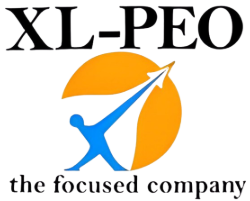
Understanding Benefits Administration
Benefits administration is a complex task that involves managing a variety of employee benefits, including health insurance, retirement plans, and paid time off. This process can be time-consuming and resource-intensive for businesses of all sizes.
The Role of PEOs in Benefits Administration
Professional Employer Organizations (PEOs) can significantly streamline benefits administration for their client companies. Here’s how:
- Compliance: PEOs can help businesses stay compliant with complex benefits regulations, such as the Affordable Care Act (ACA) and the Employee Retirement Income Security Act (ERISA).
- Cost Savings: PEOs often offer competitive pricing for benefits due to their economies of scale.
- Access to Benefits: PEOs typically provide access to a wider range of benefits options, including health insurance, retirement plans, and employee assistance programs.
- Administrative Support: PEOs can handle the administrative tasks associated with benefits administration, such as enrollment, claims processing, and reporting.
Benefits of Using a PEO for Benefits Administration
- Cost Savings: PEOs can help businesses reduce the cost of benefits by negotiating favorable rates with insurance carriers and other providers.
- Improved Compliance: By partnering with a PEO, businesses can ensure compliance with complex benefits regulations, reducing the risk of penalties and legal issues.
- Enhanced Employee Satisfaction: Offering a comprehensive benefits package can help businesses attract and retain top talent.
- Reduced Administrative Burden: PEOs can free up businesses to focus on their core competencies by handling the administrative tasks associated with benefits administration.
PEOs can be a valuable partner for businesses looking to streamline benefits administration and improve employee satisfaction. By leveraging their expertise in benefits compliance, cost management, and administrative support, PEOs can help businesses achieve their HR goals.
